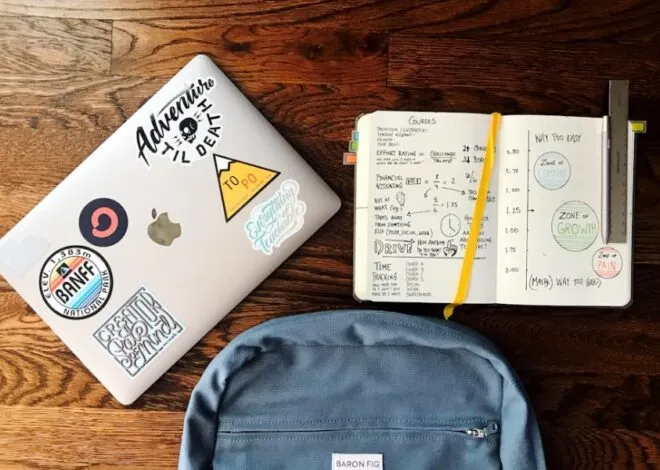Does your child know how to say “NO?” Do you? Practice what you preach!
How many of you moms find yourself saying “yes” to things you really don’t want to do, just to please people or to avoid conflict or disappointing someone? Oprah has spoken on this topic many times. So many women say “yes” at the expense of what is in their best interest. We know this is not a good or healthy way to be…right? So if you, the adult, can’t seem to say “NO,” how can you expect your children to say “NO” when it really matters? You can’t. You must practice what you preach and model for your children how to say “NO” – so they make smart choices and stay safe.
When to Say No
We want your children to know that they have rights, even the right to say “NO”. Now, you might be reading this and thinking to yourself, “My child knows how to say “NO” just fine, he/she says it to me all the time.”But will they say “NO” when it really matters?
Will your child say “NO” to the stranger in the car that asks for help to find their lost puppy? Will your child say “NO” to their friend that wants to post a mean comment about another girl on Facebook? Will your child say “NO” to a family member they love and trust that tries to touch them in a way that makes them uncomfortable and confused? Will your child say “NO” when asked by a friend to try a cigarette, alcohol, or other drugs? Will your child say “NO” when asked to get into a car with a driver they know has had too much to drink?
We Are Their Role Models
These are some of the important times that our children need to know that they have the right to say “NO”. However, if we constantly model for our children that other people’s wants and needs are more important than our own, or that we want to avoid disappointing or having conflict with someone – then this is what our children will do. Children do what we do, not what we say. Keep this in the forefront of your mind when asked to do something that you don’t want to or are unable to do. Ask yourself – what am I modeling and teaching my children?
Practice What You Preach
So how can you teach and model for your children to help them say “No” when it really matters?
Adults that you don’t know should not be asking children for help for any reason, they should be asking other adults for help. You have the right to not only say “NO!” but you don’t have to be polite and you can yell “NO!” Parents, if you are walking and a stranger pulls up to you ask you something and you are with your child use this as a teachable moment. Should you walk towards the car to have a conversation? NO! Model for your children taking 5 steps back away from the car. Explain to your child that as an adult you can choose to talk to this person or not. Say to your child what would be the safest choice if you were walking alone and this same person pulled up and asked you a question. Practice what you preach.
Practice taking 5 steps back and yelling “NO!” and running to their safe adult.
Hugs and Kisses
When your family members want to hug or kiss your child – do you force your child to do it? When we force our children to hug or kiss an adult at the expense of their own feelings we are telling our children the wants and needs of the adult are more important than the wants and needs of the child…don’t do it! Talk to your child beforehand – tell them to be polite, say hello but that it is their body and they have the right to choose whether they want to give a hug or kiss – you will empower them. If one of your relatives has a problem with it, talk to them privately and let them know you are teaching your child personal safety and would appreciate their understanding. Please keep in mind that 90% of the time a child is harmed, it is by someone they know, love and trust. So to keep your child safe, empowered and assertive, we can’t stress this point enough – tell your children their bodies belong to them and they can decide if they want to hug or kiss anyone. (Our children’s book – “My Body is Special and Belongs to ME!” will be out December 2010.)
Communication is Key
Communicate with your child and let them know that they can come to you with anything, without fear they will get into trouble. For preteens and teens, it is so important that your child know they can always use you as an out. Show them how you can take your time to answer someone (that you do not always have to react immediately). Teach and practice with them some very easy ways to say “NO”:
“No, that’s not safe.”
“No, let’s go do something else.”
“No, I could get into trouble.”
“No, I don’t want to. Let’s do something else.”
“No, I don’t feel like getting grounded for the next month.” (Let them use you as an excuse.)
Help Them Make the Smartest Choices
At the end of the day, we all want the same thing; happy, safe, well adjusted, assertive, empowered children that will thrive in this world. Show them, model for them, practice with them so they can make the safest and smartest choices as they grow.





